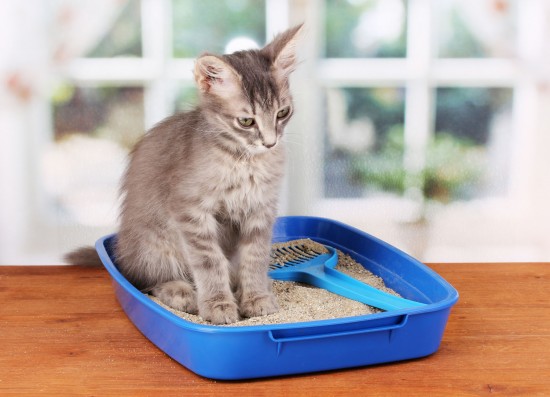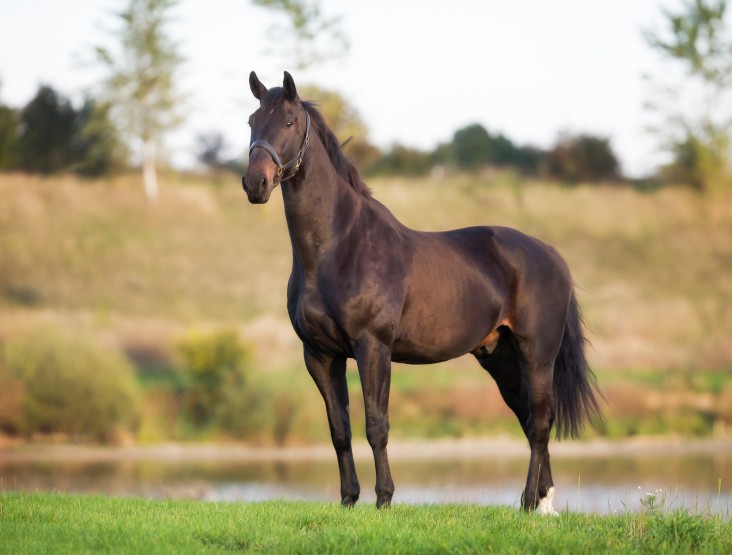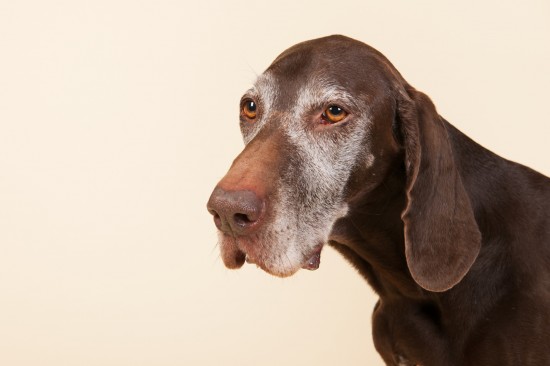
With almost two million species having been identified to date animals are the most varied living thing on the planet. For over one billion years they have adapted to the changing world around them, developing a vast array of different lifestyles in the struggle that they face to survive. At one extreme animals include fast moving predators such as big cats, sharks and birds of prey; at the other extreme there are the inconspicuous animals living in the soil or on the sea bed.
Animals are usually easy to distinguish from other forms of life because most of them have the ability to move. This rule works very well for most of the animals that live on the land but it is not always the case for those that live in water. Here they live in water and in some cases have trailing arms or tentacles that make them look like plants. A reliable way of identifying animals is by their basic biological features. Their bodies are composed of many cells and they have nerves and muscles that enable them to respond to the world around them. They get the energy that they need by taking in food.
Animals are highly complex and responsive compared to other forms of life. Even the most simplest of animals react quickly to changes around them, shrinking away from potential danger or reaching out for food. Animals that have well developed nervous systems are able to learn from experience which is unique to the animal world. The worlds largest living animals, baleen whales can live up to 25 metres long and weigh 120 tons. At the other end of the scale are microscopic organisms and sub microscopic flies and beetles. These animals are so tiny that their weight is negligible but they still possess the body systems that are needed for survival.
The different body sizes allow animals to live in different ways. Whales have few natural predators and the same is true of elephants, which is the largest land animal. Their huge bodies are very energy efficient because they process food on such a large scale. However they take a long time to reach maturity, which means that they are slow to reproduce. Insects on the other hand are easy prey for many animals and their small size means that their bodies are not as energy efficient as large animals. But because they can breed very quickly when the conditions are in their favour, their numbers can rise at a very fast rate.
Almost all of the world's largest and most familiar animals are vertebrates; these are animals that have backbones. They include the fastest animals on land, sea and air and also the world's most intelligent species (homo sapiens). Vertebrates are all related to each other, sharing a common ancestry that goes back millions of years. However despite the fact that vertebrates lead the animal kingdom in many fields, they only make up a small minority of the animal species known today. The vast majority of species are invertebrates - animals without backbones.
Invertebrates often have very little in common with each other (unlike vertebrates), apart from their lack of a backbone. The giant squid which is the largest invertebrate, can measure over 16 metres long but it is very much an exception. Most of the invertebrates are very small and live in inaccessible habitats.
Most animals are cold blooded (ectothermic), which means that their body temperature is determined by that of their surroundings. Birds and mammals are warm blooded (endothermic), which means that they are able to generate their own heat and maintain a constant internal temperature regardless of the conditions outside. This difference in body temperature has some far reaching effects on the ways that animals lead their lives; this is because animal bodies work best when they are warm. Cold blooded animals, such as reptiles, amphibians and insects are able to operate very effectively in warm conditions, but they can slow down if the temperature drops. They are able to absorb some heat by being out in the sunshine but if the temperature falls below about 50 degrees fahrenheit, their muscles work so slowly that they find it difficult to move. Mammals and birds are hardly affected by this kind of temperature change. Their internal heat and good insulation enable them to remain active even when the temperature falls below freezing.
In a physical way vertebrates function as separate units even though they may live together in families or in larger groups. In the invertebrate world it is not unusual for animals to be permanently linked to together, forming clusters that are known as colonies. These colonies often look and behave like single animals. Most are static but some, particularly those that live in the sea, are able to move around. Colonial species include some of the world's most amazing invertebrates. Pyrosomes, for example, form colonies that are shaped like test tubes which are large enough for a diver to swim enter. However in ecological terms the most important colonial animals are reef building corals, which create complex structures that provide havens for a range of other animals. In reef building corals, the members of each colony are usually identical. But in some colonial species, the members have different shapes that are designed for different tasks. An example of this is the Portuguese man o' war which looks like separate animals, called polyps that capture food, digest it, or reproduce. They dangle beneath a giant gas filled polyp that that acts as the colony's float.
Animals obtain their energy from organic matter or food. They are able to break food up by digesting it and then absorb the substances that are released. These substances go into the animals cells where they are combined with oxygen to release energy. This process is called cellular respiration and is a controlled form of burning, with food acting as the fuel.
The majority of animals are either herbivores who eat only plants, omnivores which eat both plants and other animals and carnivores which eat other animals. There are also scavengers that feed on dead matter. All animals, regardless of their lifestyle ultimately provide food for other animals. All are connected by food chains which pass food and energy to one another. However food chains are not often more than six links because 90 per cent of an animal's energy is used in making its own body work.
Andrew Tomkinson is a writer of Articles on animals.
http://www.animalsrmagic.com
 Constipation In Cats
Constipation In C
Constipation In Cats
Constipation In C
 What You Can Expect From A Gerbil
What You Can Expe
What You Can Expect From A Gerbil
What You Can Expe
 Omega 3 Supplements Can Benefit Horses With Lower Respiratory Diseases
Omega 3 Supplemen
Omega 3 Supplements Can Benefit Horses With Lower Respiratory Diseases
Omega 3 Supplemen
 Photophobia Or Light Sensitivity In Dogs
Photophobia Or Li
Photophobia Or Light Sensitivity In Dogs
Photophobia Or Li
 My Dog Is Passing Blood, Should I Be Worried?
My Dog Is Passing
My Dog Is Passing Blood, Should I Be Worried?
My Dog Is Passing
Copyright © 2005-2016 Pet Information All Rights Reserved
Contact us: www162date@outlook.com